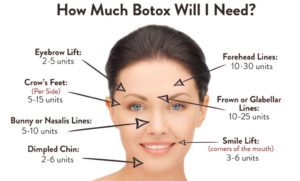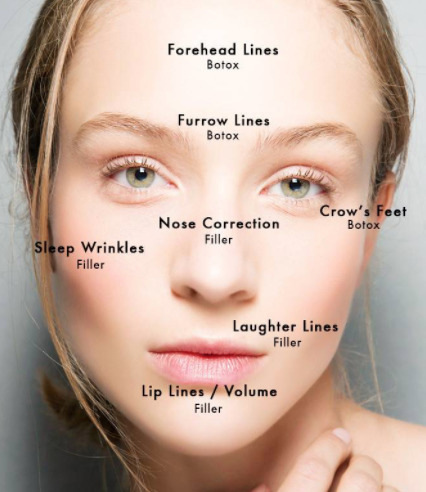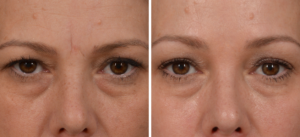
Botox and Dermal Fillers: Which Is Right For You?
Botox and Dermal fillers are currently some of the most popular products in the beauty industry for anti-aging. While Botox is the most popular nonsurgical aesthetic treatment, dermal fillers are quickly intruding on that spot. This, in fact, makes it harder to decide which facial treatment to choose for your skin. Know the difference before you make your decision.

What is Botox?
Botox is the brand name of a specific botulinum neurotoxin. There are four FDA-approved neurotoxins available in the U.S.: Botox, Dysport, Xeomin, and Jeauveau. Botox is a neurotoxin in the form of a purified protein that relaxes the face’s wrinkle-causing muscles.
Botulinum toxin is best used in areas of facial expression such as the frown lines, crow’s feet, and ‘11s’ between the eyebrows. Botox injections relax facial muscles, giving you a more youthful appearance. Botox can also be used to stop excessive sweating, a condition called Hyperhydrosis.
Botox is mainly used to treat dynamic wrinkles. These wrinkles occur naturally around the eyes and mouth, and between the eyebrows. These wrinkles become more noticeable with age. Botox injections relax the muscles near these wrinkles. Not allowing muscles to move reduces the appearance of dynamic wrinkles.
Botox is not used for fine lines caused by the breakdown of collagen. The aesthetician will inject the muscles that contribute to the specific wrinkles that you want to be treated. The injection process itself takes only a few minutes with noticeable results within two weeks.
What are Derma fillers?
Unlike Botox, dermal fillers contain ingredients that replenish volume in areas of skin thinned by aging. Such places are often found in the oral cavity, cheeks and lips. Derma fillers contain Hyaluronic acid that fills folds and creases and replenishes lost volume. They can also contour the face. Hyaluronic acid injections can help increase skin moisture and reduce the appearance of fine lines and wrinkles. These injections can make skin appear firmer. Hyaluronic acid fillers like Restylane, Volbella and Juvederm are the most common.
Derma fillers are designed to be injected under the surface of the skin to smooth it and give it the necessary fullness and volume. While both Botox and fillers are commonly used together, they work differently and are used on different lines.
Hyaluronic acid fillers come in a variety of thicknesses. The aesthetician will choose the right one for a particular skin. The right derma filler effects will last 5-24 months.
Most common substances used in derma fillers:
- Calcium hydroxyapatite – promotes the process of producing your own collagen;
- Hyaluronic acid – serves to restore and maintain youth, moisturizes and makes the skin smooth;
- Polyalkylimide – transparent gel compatible with the body;
- Poly-L-lactic acid – stimulates the production of more collagen in the skin;
- Polymethyl-methacrylate microspheres (PMMA) – semi-permanent fillers, in the form of tiny synthetic beads that are injected under the skin to give structure to deep wrinkles.
Botox vs Dermal fillers. Which one is right for you?

The use and effectiveness of both treatments depend on what your concerns are. Botox – blocks the muscles in order to prevent the appearance of wrinkles and folds caused by various facial expressions.
Dermal fillers fill and increase the volume of areas that have lost their smoothness (wrinkles around the mouth, thin lips and cheeks). Fillers can also be used to smooth out scars. In other words, lines of expression need botulinum toxin, while lines at rest need filler.
Derma fillers and Botox are different products and are designed for different purposes. At the same time, they can be combined in one treatment. For example, you can apply filler to correct smile lines around the mouth, and Botox to correct lines between the eyes.
Botox results last 6-9 months. Derma fillers’ effects can last from 6 to 24 months.
When you’re ready to reduce the effects of time, let the practitioners evaluate your skin and help you select the best treatment for your skin.







